A Smile That Lasts a Lifetime Science-Backed Tips, Recipes, and Actionable Advice
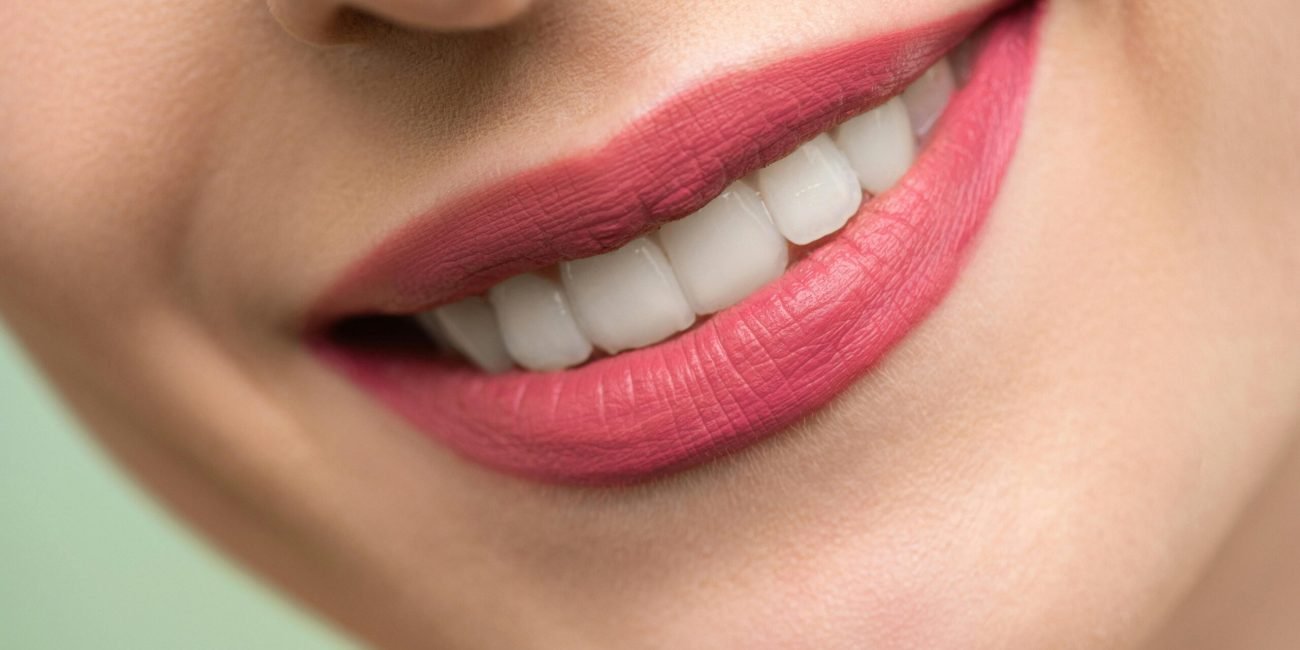
4 Best Vitamins for Healthy Teeth and Gums
Imagine biting a crisp apple at 70 or laughing without hiding your Teeth And Gums. Your smile’s longevity isn’t just about genetics—daily choices shape it. While brushing and flossing are essential, vitamins D, C, A, and K2 form the foundation of oral health. In this guide, you’ll learn how these nutrients shield your teeth from decay, Strengthen Gums, and save you from painful (and costly) dental disasters.
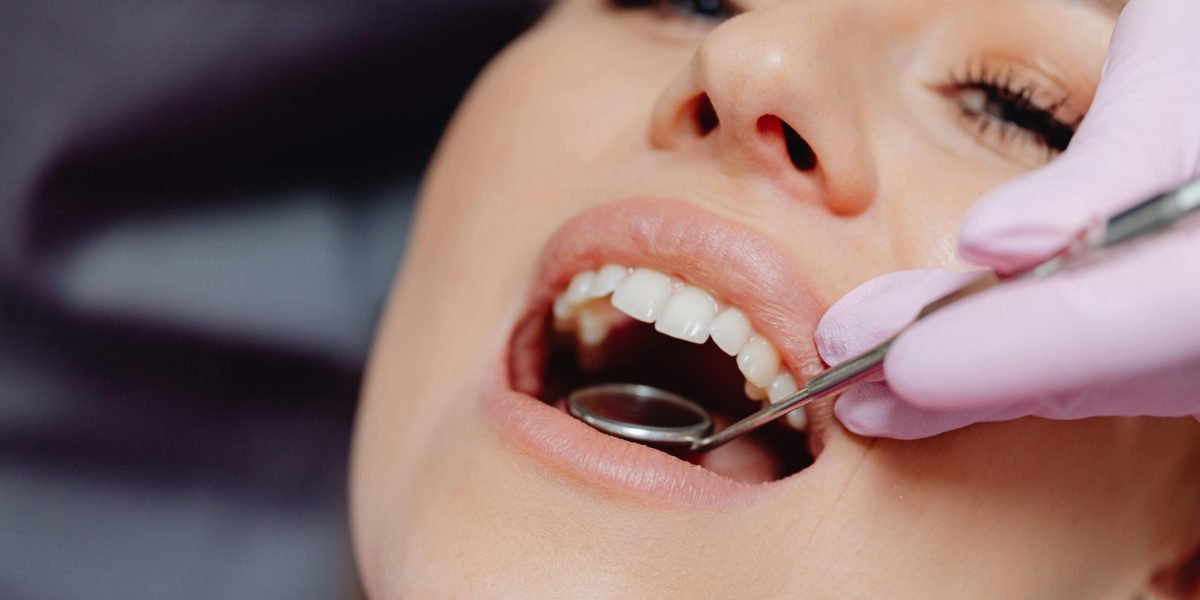
Gum Disease in America—The Silent Smile Killer
The Alarming Statistics You Can’t Ignore
- 47% of U.S. adults over 30 have gum disease (CDC, 2023).
- Gingivitis (early-stage gum disease) causes red, swollen gums but is reversible. Left unchecked, it progresses to periodontitis—a leading cause of tooth loss.
- By age 65, 70% of Americans lose at least one tooth due to decay or teeth & gum disease.
Why It’s Missed: Early symptoms like bad breath or slight bleeding often go unnoticed.1.2 The Staggering Cost of Neglect
Dental care in the U.S. is a $162 billion industry, but many can’t afford essential treatments:
ProcedureCost RangeCavity filling$150–$450Root canal$700–$1,500Full dentures$3,000–$30,000
Case Study: Sarah, 42, ignored mild gum bleeding. Five years later, she needed $4,500 in gum grafts and implants.1.3 The Domino Effect of Poor Oral Health
- Tooth Loss: Impacts confidence, nutrition, and speech. Seniors with missing teeth often switch to soft, processed foods, worsening overall health.
- Heart Disease: Gum inflammation releases bacteria into the bloodstream, increasing arterial plaque risk by 20% (American Heart Association).
- Diabetes: Infected gums make blood sugar more challenging to control, creating a vicious cycle.
Real-Life Impact: Meet Mike, 58, who reversed prediabetes after treating his gum disease—his HbA1c dropped from 6.5 to 5.8 in six months.Part 2: The 4 Essential Vitamins—Your Dental Armor
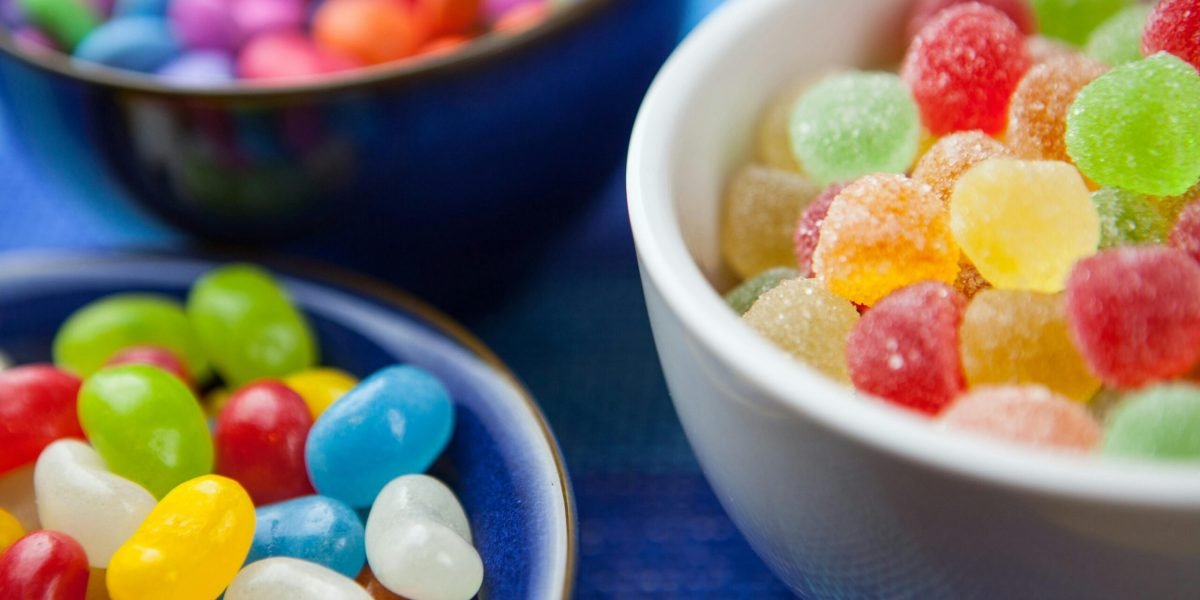
Foods and Drinks to Avoid by Age Group
Children (Ages 2-12)
- Sugary candies, lollipops, and gummies
- Carbonated sodas and fruit juices
- Sticky snacks like caramel and taffy
- Processed chips with artificial flavouring
- Teens (Ages 13-19)Energy drinks and sugary coffee beverages
- Fast food high in refined carbohydrates
- Excessive gum chewing with sugar
- Hard candy that can damage enamel
Adults (Ages 20-50)
- Alcoholic drinks that dehydrate the mouth
- Acidic foods like citrus and tomatoes in excess
- Coffee and tea that stain enamel
- High-sugar desserts and refined carbs
Seniors (Ages 50+)
- Hard-to-chew foods that may cause dental fractures
- Excessively hot or cold foods that trigger sensitivity
- Dry snacks that contribute to dry mouth
- Sticky foods that cling to dentures or weak teeth
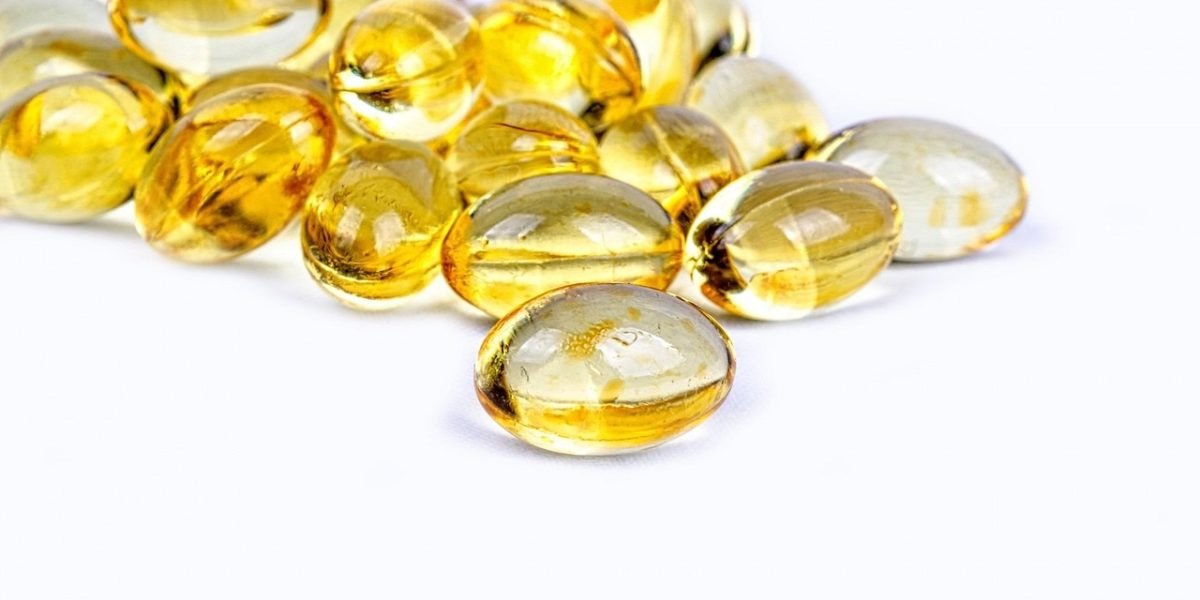
Vitamin D: The Sunshine Savior
What It Does: Vitamin D is your teeth’s best friend. It activates calcium absorption, ensuring minerals strengthen enamel and bone. Without it, calcium from food passes through your body unused.
How It Works:
- Strengthens Enamel: Remineralizes microscopic cracks to prevent cavities.
- Supports Jawbone Density: A strong jawbone anchors teeth firmly, preventing looseness.
Top Sources:
- ☀️ Sunlight: 10–30 minutes daily (arms/face exposed).
- 🐟 Fatty Fish: 3 oz of salmon = 400–600 IU.
- 🥛 Fortified Milk: 1 cup = 120 IU.
Deficiency Signs: Frequent colds, fatigue, tooth sensitivity.Daily Goal: 600–800 IU.
Pro Tip: Get tested—20% of Americans are deficient.
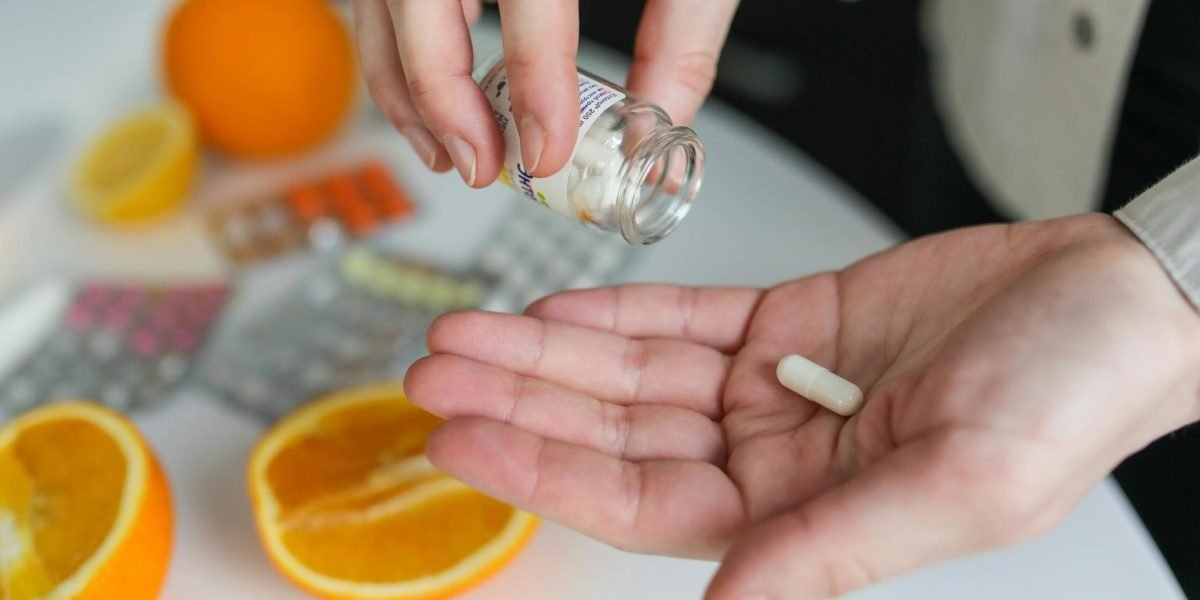
Vitamin C: The Gum Warrior
What It Does: Vitamin C builds collagen, the protein scaffolding holding gums to teeth. It also neutralizes bacteria and reduces inflammation.
Science Spotlight: A 2022 study found that adults consuming 100mg/day of Vitamin C had 50% lower gum bleeding rates.Top Sources:
- 🌶️ Red Bell Pepper: 1 cup = 190mg (over 2x daily needs!).
- 🍊 Oranges: 1 medium = 70mg.
- 🥦 Broccoli: 1 cup = 90mg.
Deficiency Signs: Bleeding gums, slow-healing cuts, joint pain.Daily Goal: 90mg for men, 75mg for women. Smokers: Add 35mg (smoking depletes Vitamin C).

Vitamin A: The Mucous Membrane Defender
What It Does: Vitamin A maintains saliva production (your mouth’s natural cleanser) and protects oral tissues against infections.
How It Helps:
- Prevents Dry Mouth: Saliva washes away food debris and neutralizes acids.
- Heals Sores: Accelerates the recovery of canker sores or gum injuries.
Top Sources:
- 🥕 Carrots: 1 medium = 450mcg (RAE).
- 🥚 Eggs: 1 large = 75mcg (RAE).
- 🍠 Sweet Potato: 1 medium = 1,400mcg (RAE).
Deficiency Signs: Night blindness, dry skin, recurrent cavities. Watch Out: Over-supplementing can cause toxicity—stick to food sources unless prescribed.2.4 Vitamin K2: The Enamel’s Traffic Controller
What It Does: Vitamin K2 partners with Vitamin D to direct calcium into teeth and bones—not arteries. Without K2, calcium can harden arteries or form tartar on teeth.
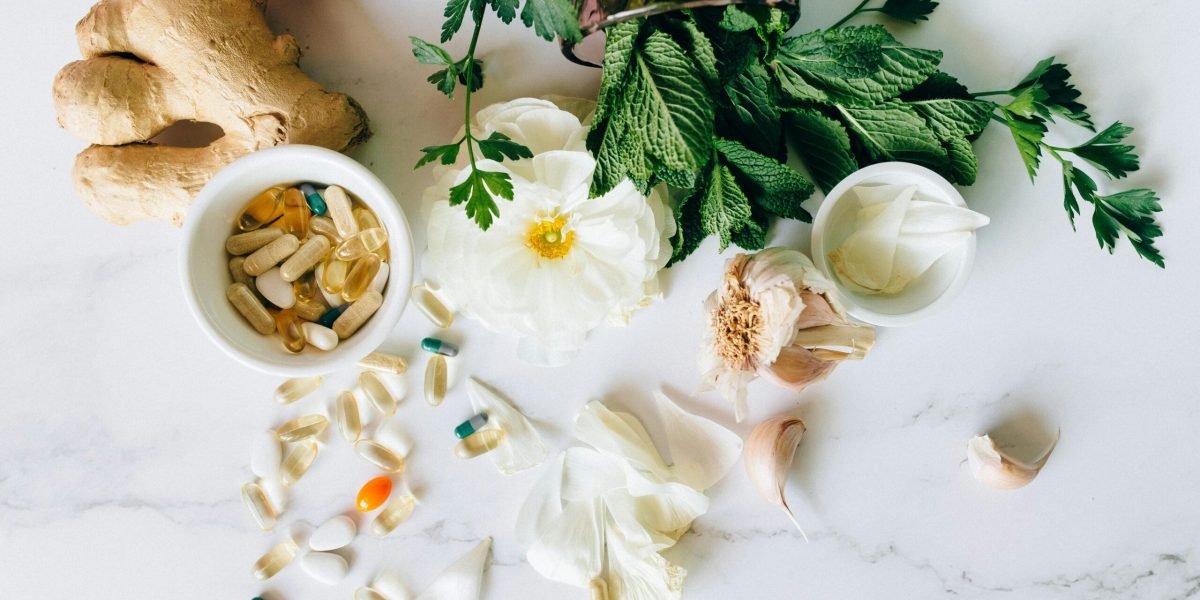
Vitamin K2: The Enamel’s Traffic Controller
What It Does: Vitamin K2 partners with Vitamin D to direct calcium into teeth and bones—not arteries. Without K2, calcium can harden arteries or form tartar on teeth.
Science Made Simple:
- Activates Osteocalcin: A protein that binds calcium to teeth and bones.
- Reduces Tartar: Less calcium in saliva means less plaque buildup.
Top Sources:
- 🧀 Grass-Fed Cheese: 1 oz = 50–75mcg.
- 🥩 Beef Liver: 3 oz = 12mcg.
- 🥬 Natto (fermented soy): 2 tbsp = 250mcg (great for vegans!).
Deficiency Signs: Easy bruising, brittle nails, tooth sensitivity.Daily Goal: 90–120mcg.
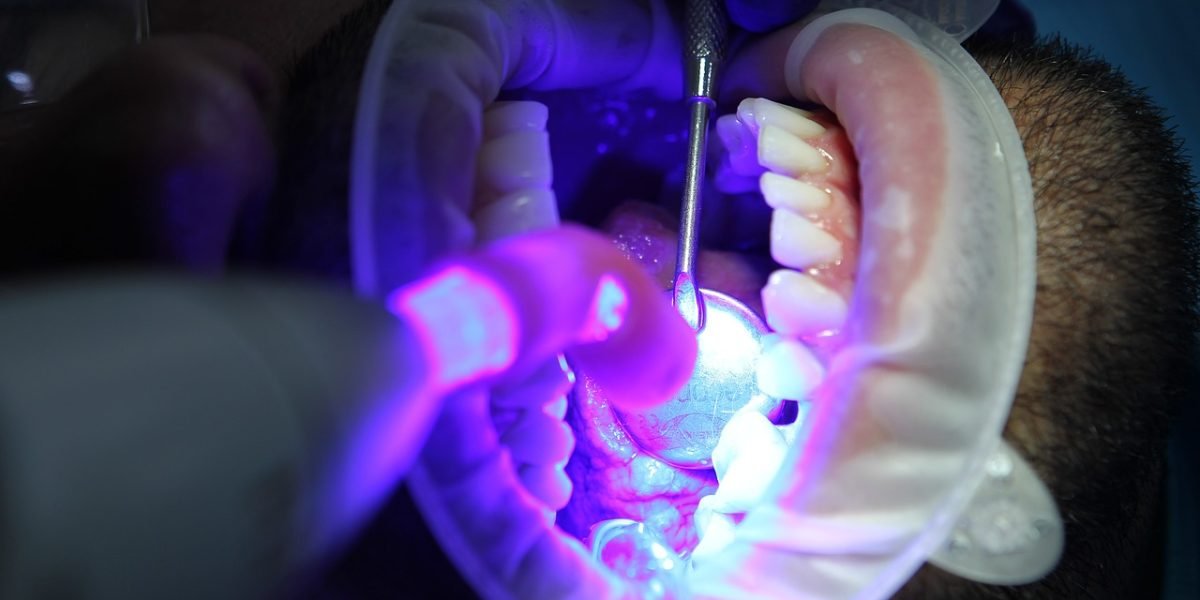
Science Made Easy:
- Activates Osteocalcin: A protein that binds calcium to teeth and bones.
- Reduces Tartar: Less calcium in saliva means less plaque buildup.
Top Sources:
- 🧀 Grass-Fed Cheese: 1 oz = 50–75mcg.
- 🥩 Beef Liver: 3 oz = 12mcg.
- 🥬 Natto (fermented soy): 2 tbsp = 250mcg (great for vegans!).
Deficiency Signs: Easy bruising, brittle nails, tooth sensitivity.Daily Goal: 90–120mcg.Part 3: Beyond Vitamins—Holistic Habits for a Radiant Smile
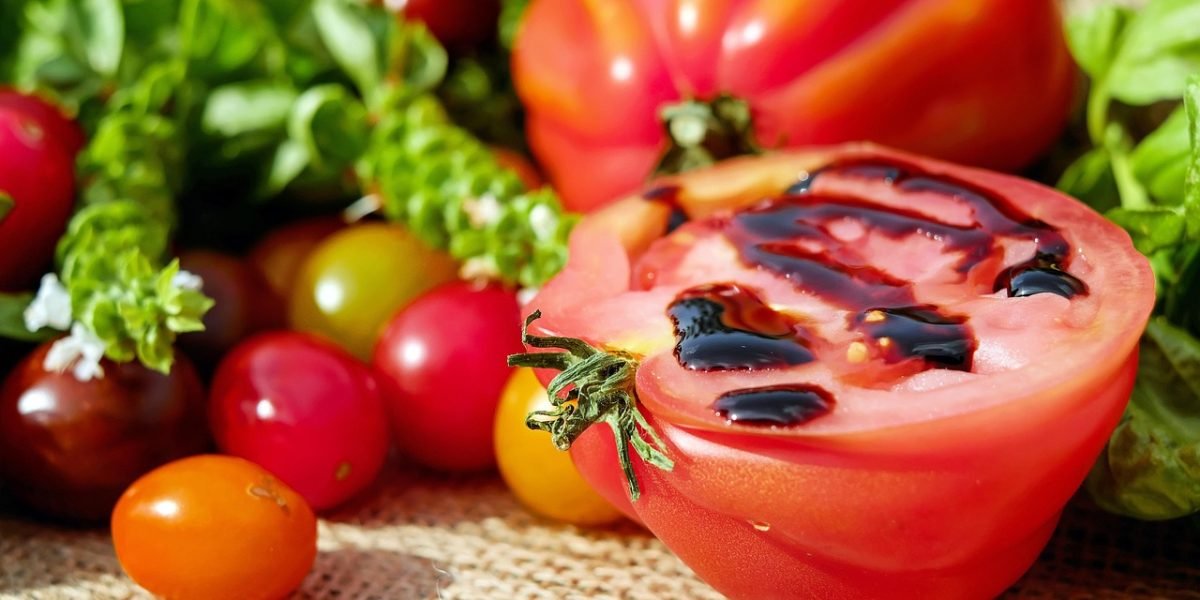
7-Day Meal Plan for Yours Teeth And Gums
- Breakfast: Spinach omelet (Vitamin A + D) + fortified OJ.
- Lunch: Salmon salad with bell peppers (C + K2).
- Snack: Greek yoghurt with strawberries (D + C).
- Dinner: Beef stir-fry with broccoli and carrots (K2 + A + C).
Tip: Add fermented foods like sauerkraut to meals for K

Home Remedies That Work
- Oil Pulling: Swish 1 table spoon coconut oil for 10 minutes to reduce Streptococcus mutant (cavity-causing bacteria).
- Saltwater Rinse: Mix 1 tsp salt in warm water; swish for 30 seconds to heal minor cuts and reduce swelling.
- Clove Oil: Dab on a cotton ball to numb toothaches (contains natural eugenol).
Recipe: Gum-Soothing Turmeric Paste
Mix 1 tsp turmeric, ½ tsp salt, and 1 tsp coconut oil. Massage onto gums for 2 minutes, then rinse.

The 5-Minute Daily Routine
- Morning: Brush with fluoride toothpaste + floss.
- Post-Lunch: Rinse with water or chew xylitol gum.
- Night: Brush, floss, then apply aloe vera gel to gums.
Pro Hack: Track habits with apps like Brushy to stay consistent.
Takeaway Keys
- Prioritize vitamins D, C, A, and K2 for optimal oral health.
- Gum disease affects nearly half of U.S. adults.
- Dental care is expensive—preventive measures save money.
- Good nutrition is just as important as brushing and flossing.
- A strong smile equals a better quality of life.
Final Word
Your smile is a lifelong asset—not a luxury. Combining vitamins, mindful habits, and regular care, you’ll dodge dental pain and enjoy foods you love worry-free. Start today; your future self will beam with gratitude.
Strong teeth and gums start with proper nutrition. Ensuring you get enough essential vitamins, maintaining good oral hygiene, and adopting healthy habits will go a long way in keeping your smile bright and healthy.
Most importantly, prioritizing your oral health means you can continue to enjoy your favorite foods without worry. Don’t let gum disease steal your love for a juicy burger or a sweet slice of cake—take action today!
Frequently Asked Questions
Q: Can vitamins fix receding gums?
A: Early stages? Yes. Try Vitamin C-rich foods and gentle gum massages. Advanced cases need professional scaling.
Q: Are vitamin gummies sour for teeth?
A: Yes! They stick to crevices and feed bacteria. Opt for tablets.
Q: How do I get Vitamin D in winter?
A: Fatty fish, UV lamps, or 1,000–2,000 IU supplements (with doctor’s approval).Part 5: Your Action Plan
- Test Your Levels: Contact your dentist or doctor for a Vitamin D and K2 blood test.
- Add One Vitamin-Rich Food Daily: Swap soda for sparkling water with lemon.
- Schedule a Dental Checkup: Early prevention beats emergency root canals.